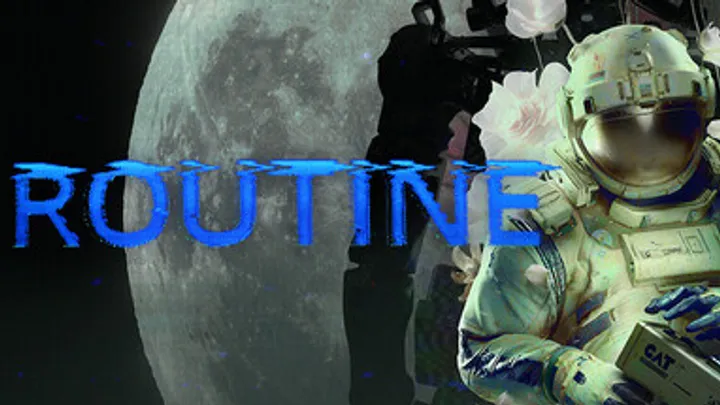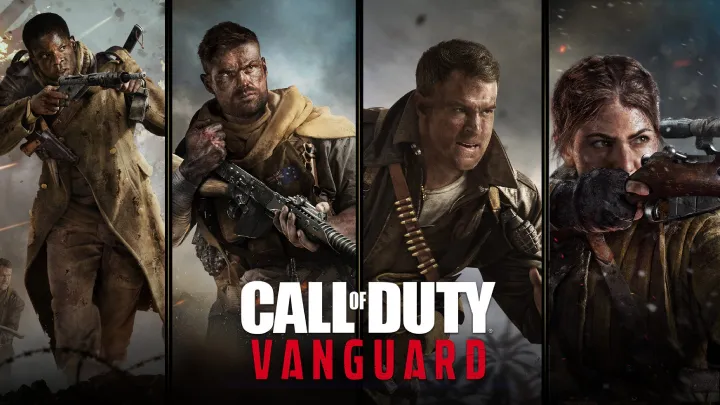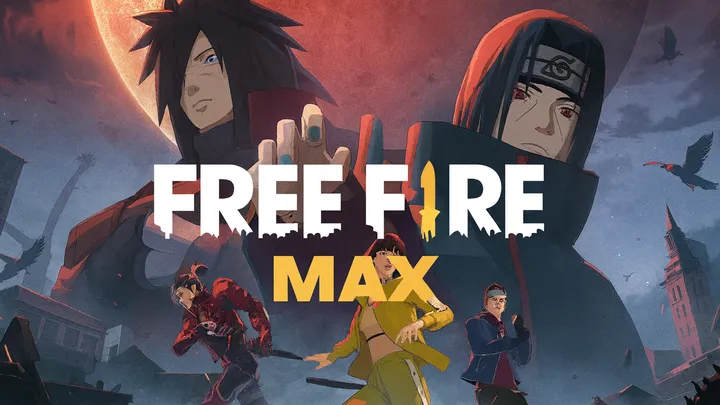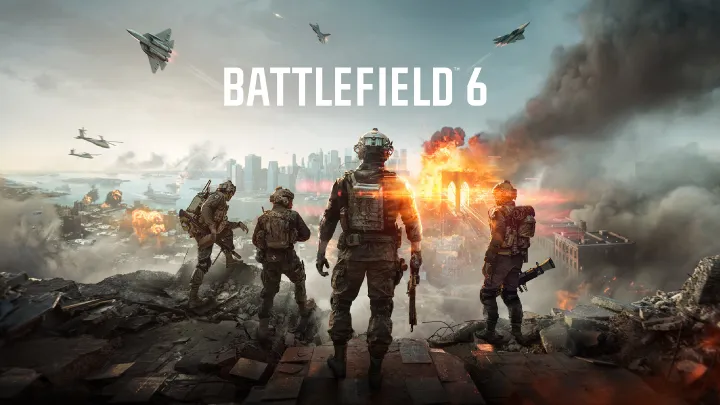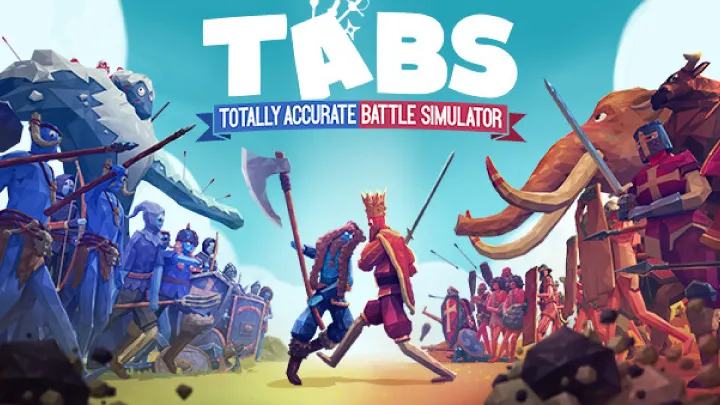LATEST ON BLOG
View more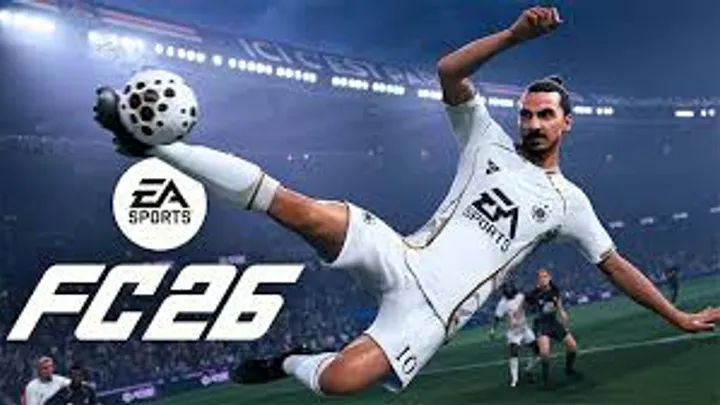
🎮 The Next Evolution: A Master How-To Guide for Thriving in EA Sports FC 26 (Anticipated Gameplay)
🎮 The Next Evolution: A Master How-To Guide for Thriving in EA Sports FC 26 (Anticipated Gameplay)
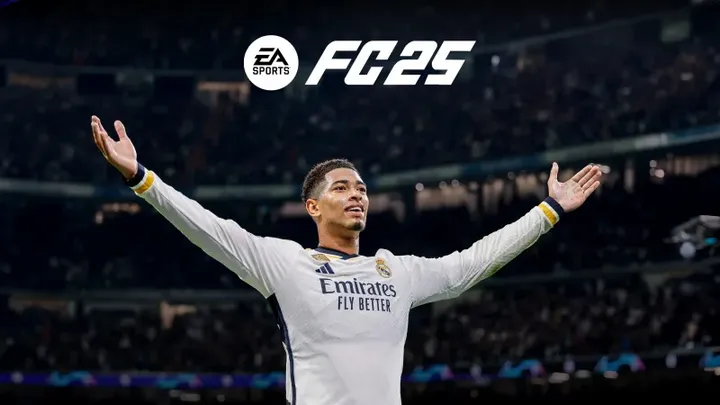
🚀 Mastering the Pitch: A Comprehensive Guide to EA Sports FC 25 Gameplay, Modes, and Strategy
🚀 Mastering the Pitch: A Comprehensive Guide to EA Sports FC 25 Gameplay, Modes, and Strategy

⚽ The Total Footballer: A Master How-To Guide for Mastering FIFA 23
⚽ The Total Footballer: A Master How-To Guide for Mastering FIFA 23

🧱 Mastering the Metaverse: A Definitive How-To Guide for Thriving in the Roblox Ecosystem
🧱 Mastering the Metaverse: A Definitive How-To Guide for Thriving in the Roblox Ecosystem

🎧 The Geometry Dash Grandmaster: A Definitive How-To Guide for Rhythmic Mastery
🎧 The Geometry Dash Grandmaster: A Definitive How-To Guide for Rhythmic Mastery
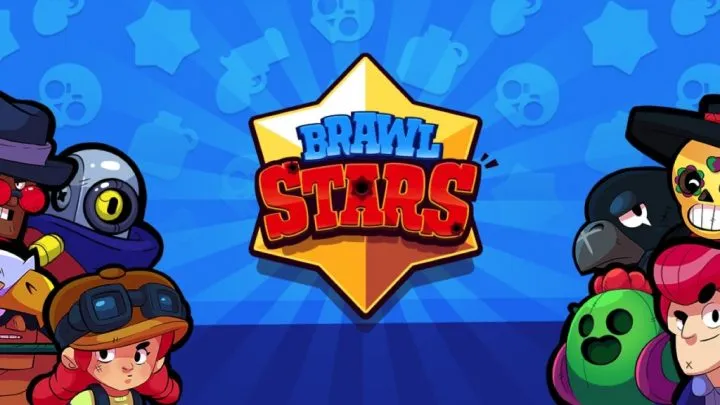
🏆 The Competitive Edge: A Definitive How-To Guide for Mastering Brawl Stars
🏆 The Competitive Edge: A Definitive How-To Guide for Mastering Brawl Stars

⛏️ The Survivalist's Compendium: A Master How-To Guide for Thriving in Minecraft
⛏️ The Survivalist's Compendium: A Master How-To Guide for Thriving in Minecraft

⚙️ Master the Mayhem: A Definitive How-To Guide for BeamNG.drive Physics and Simulation
⚙️ Master the Mayhem: A Definitive How-To Guide for BeamNG.drive Physics and Simulation
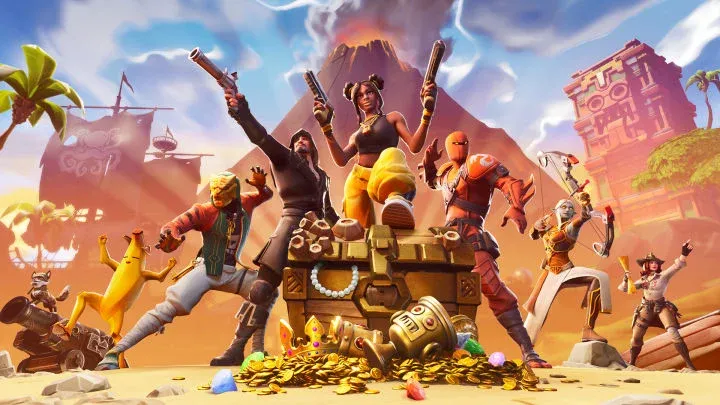
👑 From Zero to Victory Royale: The Definitive How-To Guide for Mastering Fortnite
👑 From Zero to Victory Royale: The Definitive How-To Guide for Mastering Fortnite

🤯 Grand Theft Auto V Mastery: The Definitive How-To Guide for Story Mode and Online Progression
🤯 Grand Theft Auto V Mastery: The Definitive How-To Guide for Story Mode and Online Progression
LATEST Reviews
View more
